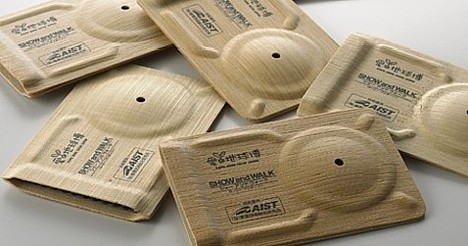
The 2006 Good Design Award for Ecology Design goes to Aimulet LA, a batteryless, light-activated handheld audio communication device with an outer shell made from molded bamboo. The environmentally friendly communication terminal was designed by the Information Technology Research Institute at Japan?s National Institute of Advanced Industrial Science and Technology (AIST).
The name "Aimulet" is derived from the word "amulet" plus the letter "i," which denotes "intelligent," "interactive" and "infrared," as well as "ai" (which means "love" in Japanese and refers to Aichi prefecture, the location of the 2005 World Expo). The initials "LA" stand for none other than Laurie Anderson, whose Walk Project installation for the 2005 World Expo featured the Aimulet LA. Visitors to the installation used the device to receive audio messages as they wandered the site.
Aimulet LA is designed to be held up to your ear like a cellphone. When you stand over special LED emitters set into the ground, Aimulet LA receives the light signals via an array of spherical micro solar cells (called Sphelar by manufacturer Kyosemi) set into the bottom of the handset. Aimulet LA translates the signals into audio messages that are transmitted through a tiny speaker in the device. In Laurie Anderson's installation, visitors used Aimulet LA to listen to poems in four different languages as they strolled through a Japanese-style garden.
According to AIST, the technology at work in Aimulet LA can be put to use in public spaces such as outdoor exhibits and events, amusement facilities, train stations and parks, where it can be used in interactive media or entertainment. In addition, the low cost of the device means it could also double as an entrance ticket, annual pass or ID card.
The Good Design Award judges gave high marks to Aimulet LA's design concept for its ingenious blend of new technology and natural materials. The device also earned points for its lack of external power source, a factor that contributes to the creation of a battery-free environment. Being light-activated also makes it highly versatile, and its use of bamboo makes it easily recyclable and environmentally friendly.
This award marks the first time for AIST to receive a Good Design Award in Ecology Design. AIST previously received a Good Design Award for Paro, the cuddly seal robot recognized by the Guinness Book of World Records as the world's most therapeutic robot.
Check out the Good Design Award page for more amazing designs.
[Source: AIST press release, AIST paper (English, pdf format)]

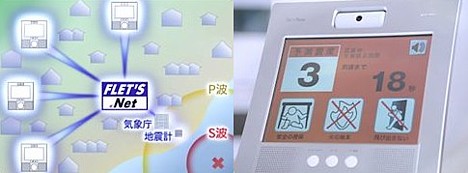
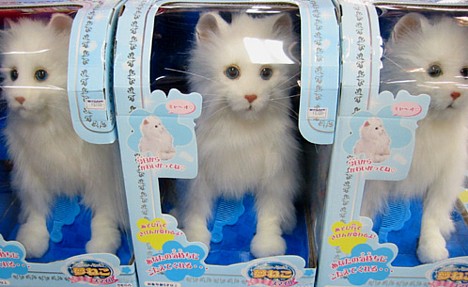


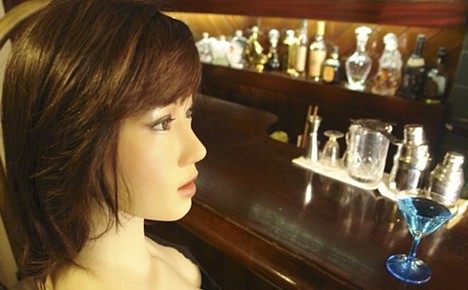
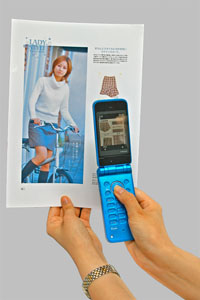 On September 13, Fujitsu unveiled a new type of "invisible" barcode, called FP (Fine Picture) code, which allows data to be embedded directly into color print photographs. FP code consists of a series of faint yellow lines -- said to be invisible to the naked eye -- which are overlaid on the photograph during the printing process. Once encoded, a photograph can retain its original quality while serving as an "
On September 13, Fujitsu unveiled a new type of "invisible" barcode, called FP (Fine Picture) code, which allows data to be embedded directly into color print photographs. FP code consists of a series of faint yellow lines -- said to be invisible to the naked eye -- which are overlaid on the photograph during the printing process. Once encoded, a photograph can retain its original quality while serving as an " Dreaming of owning a pony, but anxious about taking on the necessary responsibilities? Fret no more, there's an alternative. By the end of the year,
Dreaming of owning a pony, but anxious about taking on the necessary responsibilities? Fret no more, there's an alternative. By the end of the year, 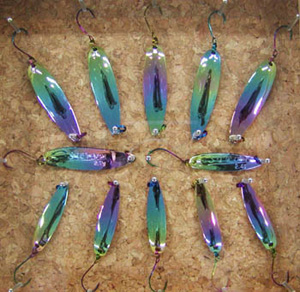 Major vacuum equipment manufacturer
Major vacuum equipment manufacturer